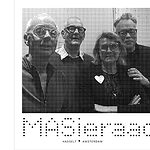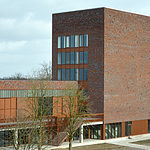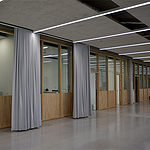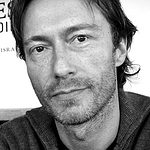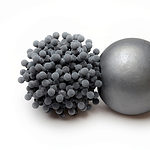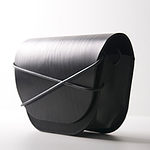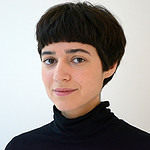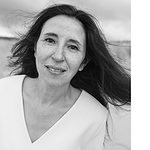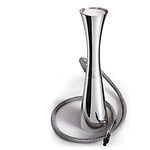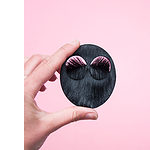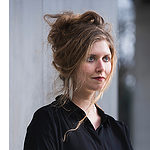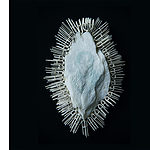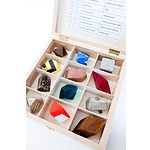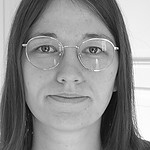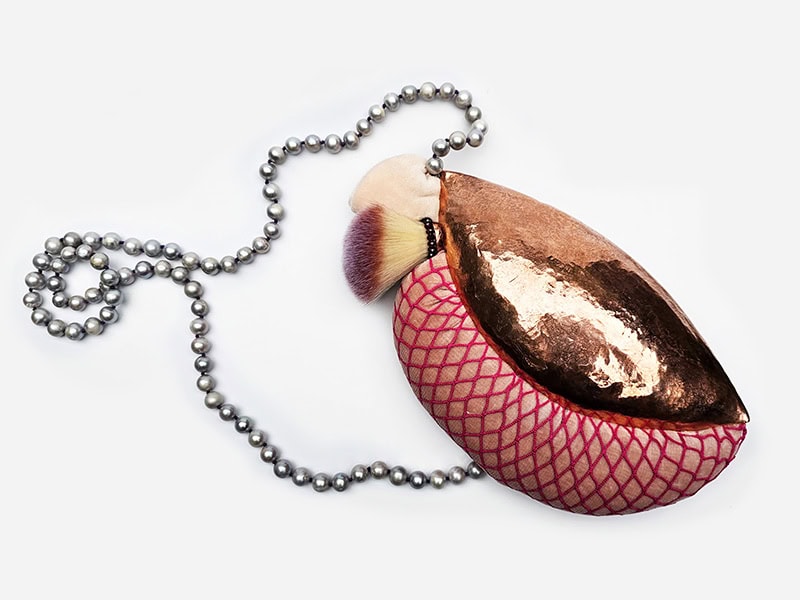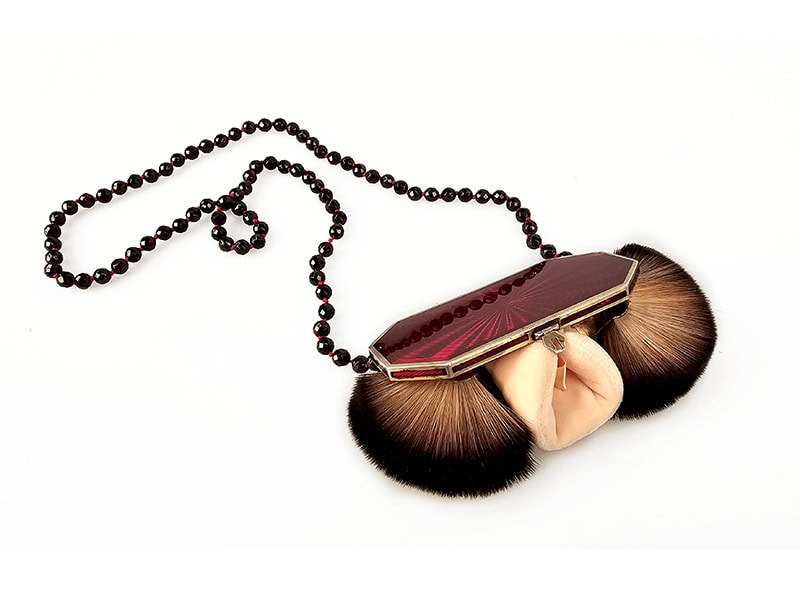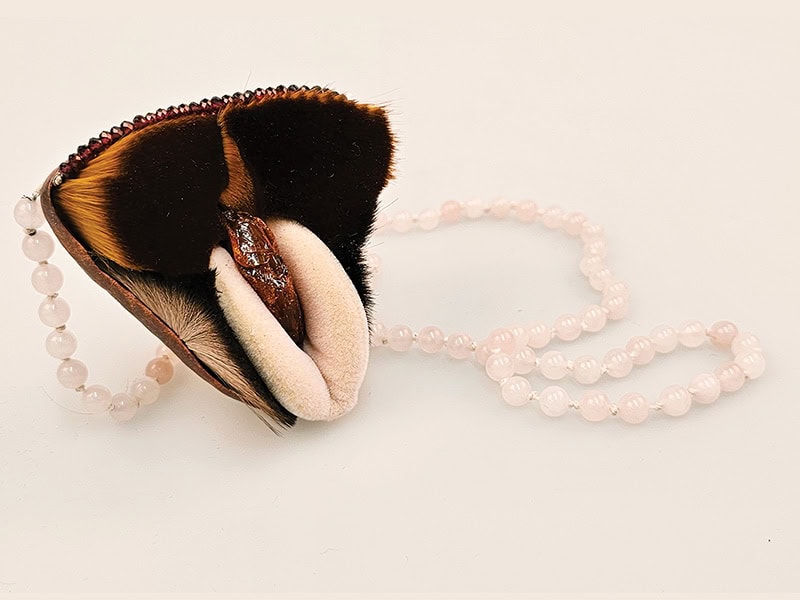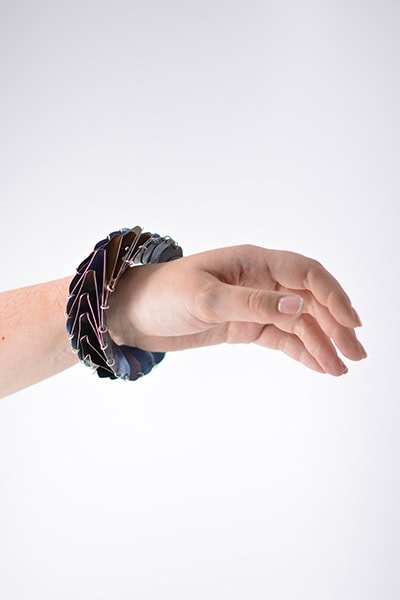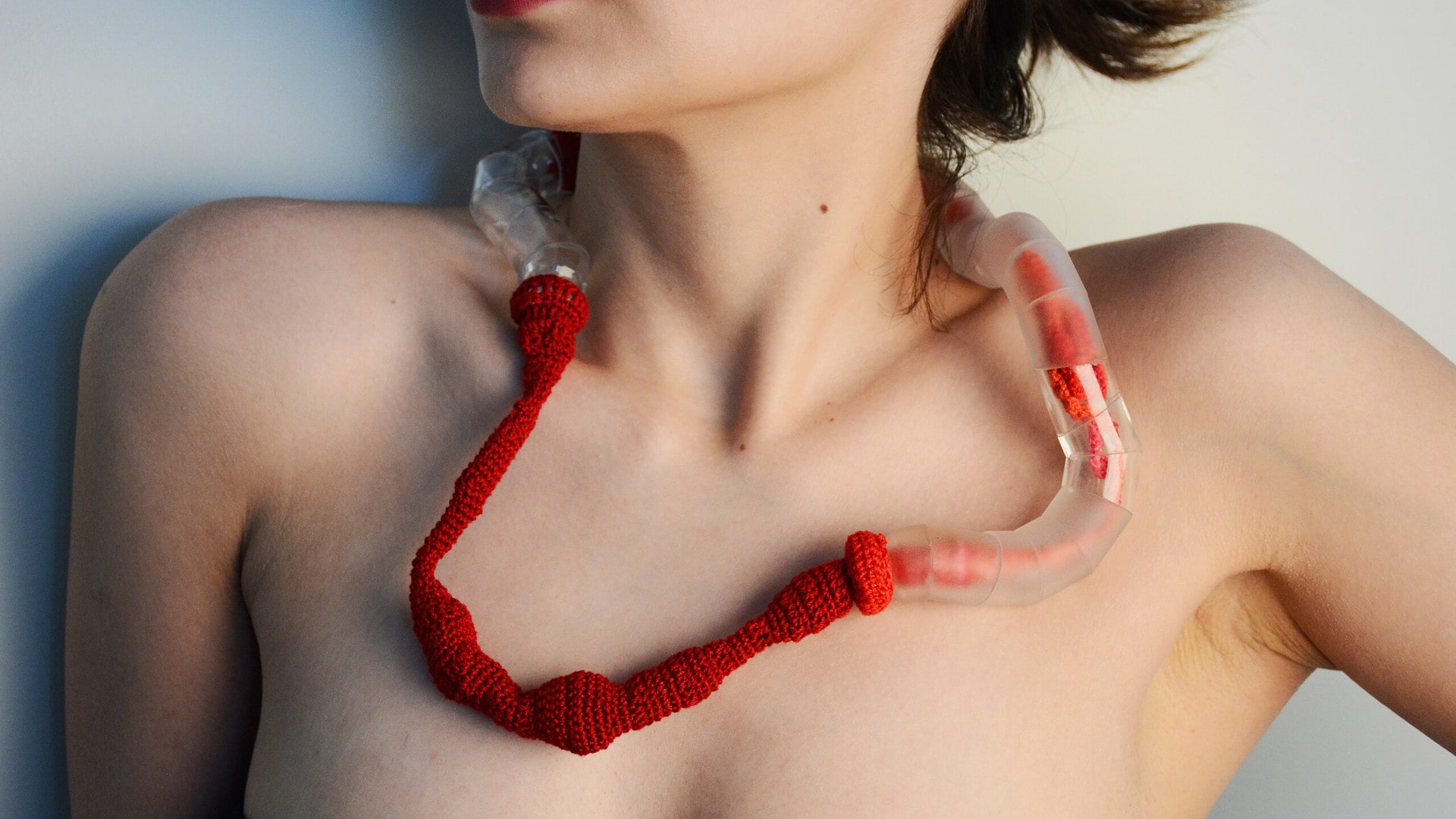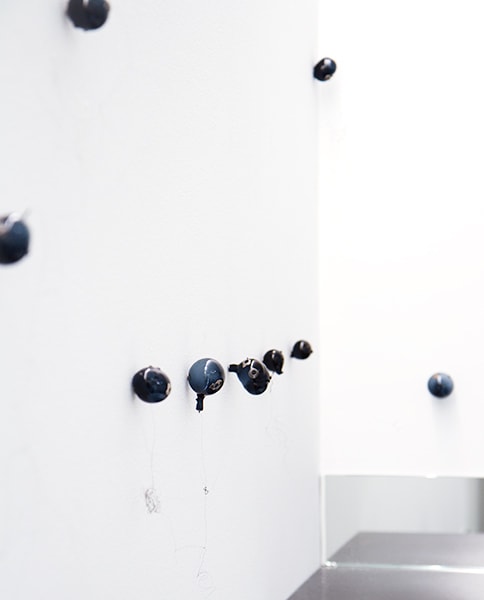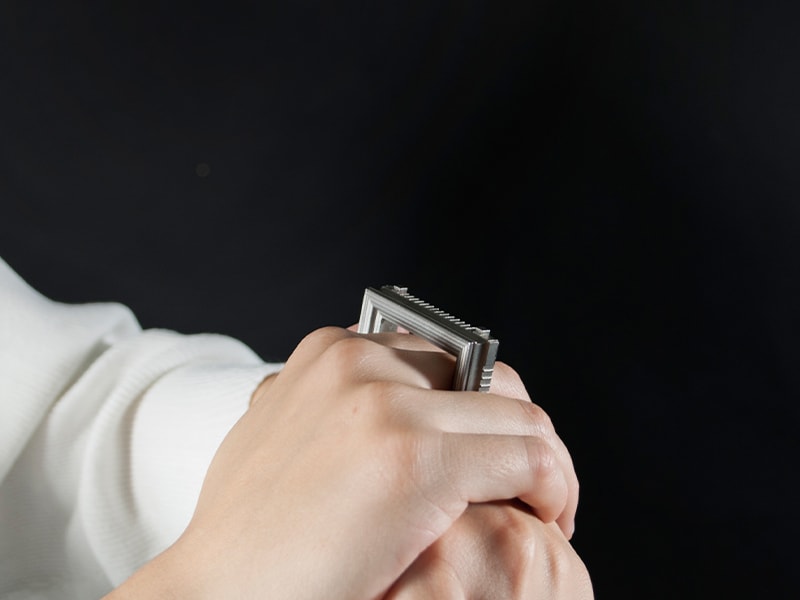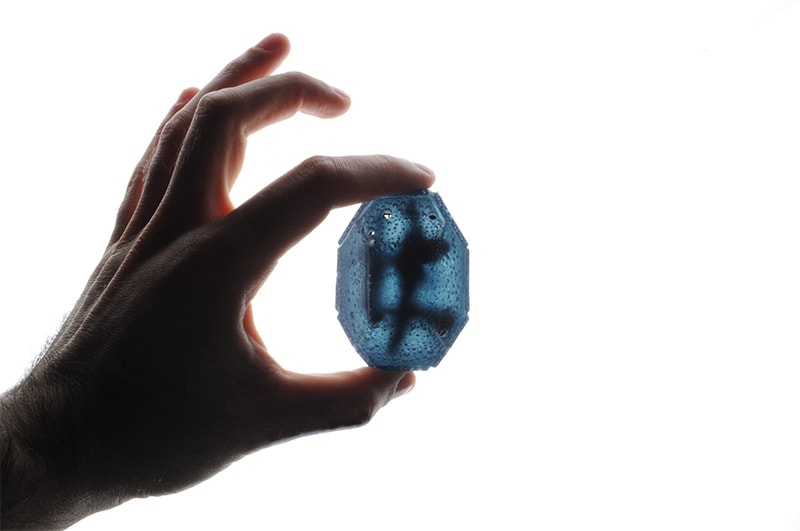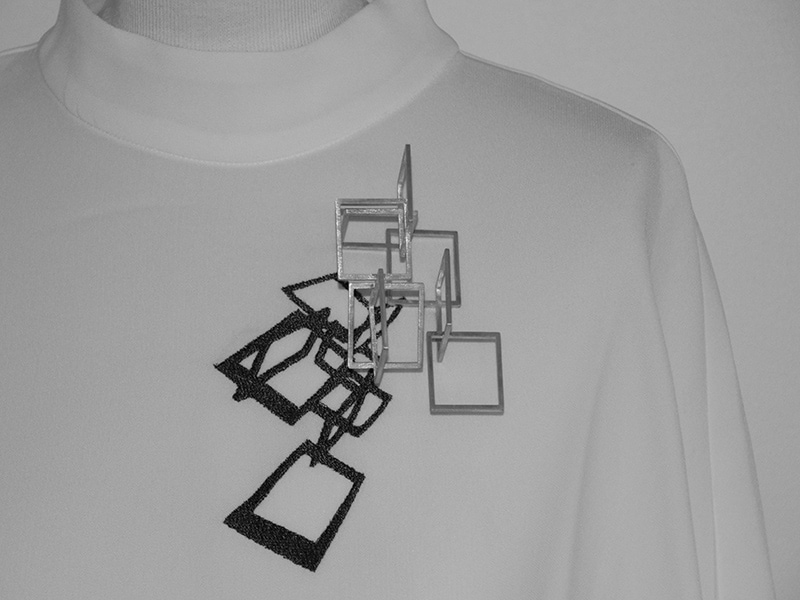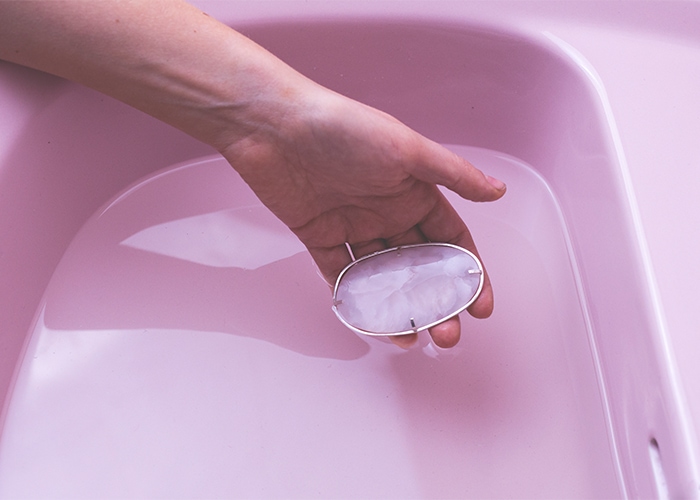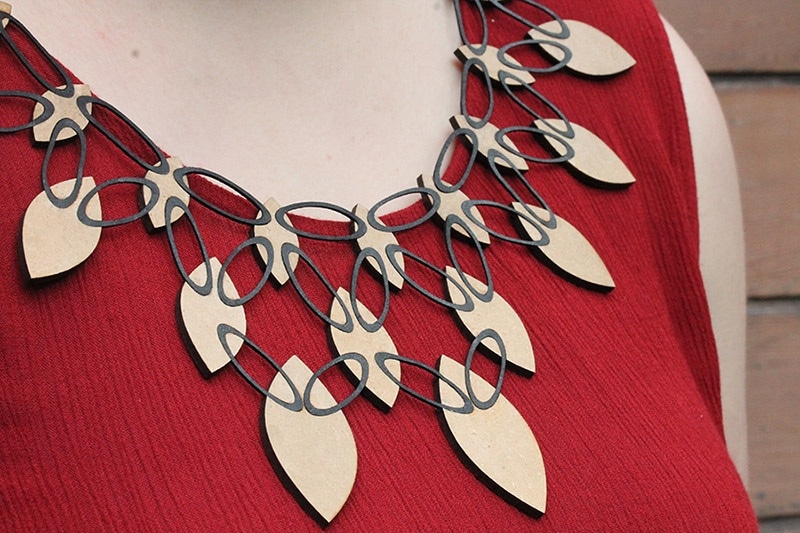Object & Jewellery New English Master Programme
Since 2016–2017 the department of Object & Jewellery at PXL-MAD, School of Arts, Hasselt, Belgium, has offered an artistic, academic English master programme (one year 60 ECTS-credits) alongside its existing regular programme, consisting of three bachelor years (180 ECTS-credits) and one master year (60 ECTS-credits). The course revolves around experimentation and research, for which thinking and doing are in constant interaction. The ambiguous position that the fields of jewellery and object-making take within the world of the visual arts, crafts, and design is seen as an inspiring starting point that is constantly questioned in order to develop a critical attitude toward our own discipline.
Bachelor Programme
In the first year of the bachelor programme, students are introduced into the world of contemporary jewellery and to the most important materials and techniques through individual design projects. During the second year, research focuses on the meaning of jewellery and the functionality of objects. Technically, the students explore the possibilities of the laser-cutting machine and 3-D printing possibilities. The main focus of the third bachelor year lies on the further development of artistic research capabilities, looking into the conceptual, communicative, or historical aspects of jewellery and objects. The bachelor programme is finalized with an individual research project, as an ideal basis for starting the master programme.
Master Programme
The master programme consists of two major components: artistic studio practice and the master seminar series “Making•Matter•Meaning” (M3). Artistic studio practice is offered in a dynamic and inspiring environment where concept and practice are perfectly synchronized. Students are given the opportunity to improve and explore their work through intensive experimental artistic research. The master seminar series M3 helps to define the foundations for an individual theoretical and artistic research practice through discussion, analyzing texts, visiting exhibitions, and attending lectures.
Based on these two components and with the support of a team of renowned artists and academics, students are continually encouraged and challenged to further their research skills to develop contemporary objects and jewellery as media for artistic and narrative expression, as critical artifacts, and as cultural symbols that evoke communication. Students will be expected to create both a mature body of work presented in a master exhibition, and a written document in which they report and reflect on their own artistic practice. By adopting an inquisitive attitude, the students can position themselves in relation to other artists and disciplines that create the context within their work.
Application Process
The English master programme and the regular bachelor/master programme in Object & Jewellery at the PXL-MAD School of Arts welcomes applications. Application requirements, forms, and tuition fees for the upcoming year, as well as more information about the two other English master programmes, “Art Sense(s) Lab” and “Reading Type & Typography,” are available here. Register here for the English master programme, or contact us through our website for the regular study programme.
MASieraad Hasselt-Amsterdam
1.09.2021 – 1.09.2023
Masterclass program initiated by Ruudt Peters, Gijs Bakker, Ted Noten and Liesbeth den Besten in collaboration with PXL-MAD School of Arts, Hasselt (BE).
The application deadline has passed.
MASieraad takes a broad view of jewellery. Questioning jewellery critically as art or design is essential for the future of the jewellery profession. MASieraad recognizes the making of jewellery, in its intimate, symbolic, human and material facets, as a learning model for contemporary design in a broad sense. The initiators Gijs Bakker, Ruudt Peters and Ted Noten, represent 50 years of contemporary Dutch jewellery design at its best, while Liesbeth den Besten is the author of a bestselling and frequently quoted, reference book on contemporary jewellery. Together they, along with architect Leo Versteijlen, the former director of Design Academy Eindhoven and AMFI, Liesbeth in ‘t Hout, in collaboration with PXL-MAD School of Arts Hasselt, founded the international two-years Masterclass Program MASieraad Hasselt – Amsterdam, or MASieraad H-A.
The small-scale concentration of jewellery, and the relationship between people, their bodies and their environment, should arouse our participant’s interest.
MASieraad H-A expects students to accept the challenge of critically questioning jewellery, both individually and while working in groups, and to think beyond the boundaries of jewellery.
MASieraad H-A expects students to understand the importance of explorations in interdisciplinary theoretical studies as an integral part of the Masterclass program.
More information:
https://pxl-mad.be/en/masieraad
Apply via https://apps.pxl.be/forms/MASieraad_HA/
Contact: info@masieraad.com att. Marley White
Faculty
Nedda El-Asmar studied jewellery design, gold- and silversmithing at the Royal Academy of Fine Arts, in Antwerp, and she completed her education at the Royal College of Art, in London. It’s impossible to sum up her various activities over the last 25 years in one word. Openness, flexibility, and diversity are key concepts in her thinking and design approach. Her designs have earned numerous awards and prizes. She works for renowned names such as Hermès, Puiforcat, Gense, Villeroy & Boch, Robbe & Berking, Serax, and Maison Vervloet. From 2007–2019 she was head and senior lecturer of the Jewellery Design, Gold & Silversmithing department at the Royal Academy of Fine Arts, in Antwerp.
Prof. Dr. David Huycke graduated in 1989 from Sint-Lucas University College, in Antwerp, and has run his own studio since 1993. His objects are shown in galleries and museums worldwide. In 2007 and 2019 he received the Bavarian State Prize for Contemporary Crafts, and in 2010 he acquired his PhD in arts with the project The Metamorphic Ornament: Re-Thinking Granulation, a practice-based research on the artistic relevance today of the ancient technique of granulation. Huycke sets to work like a poetic scientist or an alchemist, casting in moulds seemingly impossible concepts, incurring along the way risks such as breakage or collapse. Eventually those ideas and experiments are selected and elaborated into an object where they exude a degree of stillness and have a natural obviousness, as if the work could not have been made any other way.
Audi Pauwels studied at the Royal Academy of Arts, Antwerp, where he graduated in 1988. Five years later he founded the Object & Jewellery department at the PXL-MAD School of Arts, where he is still a senior tutor. Audi also runs the goldsmiths shop Huis Pauwels Spaenjers and the gallery Multiple in Hasselt, together with his spouse, Kitty Spaenjers. Their own work generally possesses all the ingredients of classic jewellery: almost exclusively made in gold, nearly always combined with a gemstone, and usually limited to the classic trinity of wearable pieces—the ring, the necklace, and the earring.
Dr. Karen Wuytens defended her PhD, titled Redefining Designing and the Development of a Design Model for Designers of Jewellery and Objects, in 2014, and has a specific research interest in a holistic way of designing. In her artistic practice she works on designs custom-made for a client. The experience of the user is always significant in the story of her products. Whether it’s an accessory or a utensil, the experience of the product by the user is always the starting point. Starting from an actual need, she evolves from idea to solution and production, in which each decision is carefully considered in a holistic way. She explicitly uses the qualities and properties of materials and combines these with both traditional know-how and technological production techniques.
Kitty Spaenjers and Audi Pauwels create sleek designs with a personal, bespoke touch. Designing and producing over 80 percent of the jewellery in-house, Huis Pauwels Spaenjers keeps the ancient craft of the goldsmith alive for people who love a unique piece of jewellery, from adjusting existing pieces to designing custom rings, necklaces, and earrings. Hundreds of unique pieces have been created since Huis Pauwels Spaenjers first opened in 1993. Kitty also runs the jewellery gallery Multiple. This is a platform where she invites and exhibits innovative jewellery designers.
Dr. Anneleen Swillen is a postdoctoral researcher and tutor at PXL-MAD School of Arts and Hasselt University. Her work revolves around the exploration of jewellery in a phygital culture through research in the arts, education, curation, and writing. Her background in Object & Jewellery Design as well as Curatorial Studies provided the foundations for her PhD in arts, which she defended in 2019. For her doctoral research, she explored jewellery through experimental presentations such as performative installations, active archives, and interdisciplinary publications. In 2020, she founded “Artificial Intelligems” in collaboration with composer and data engineer Greg Scheirlinckx. As a fluid collective, currently working on the intersection of jewellery, graphic design, music, XR-performance, dance, and data science, they aim to explore more-than-human co-creation. Anneleen has curated exhibitions, conferences, and debates (inter)nationally, and is regularly invited as a speaker, writer, moderator, and jury member. Her work has been exhibited worldwide and is featured in various publications.
Prof. Dr. Bert Willems defended his doctorate in psychology and educational sciences at the University of Leuven. As a professor, he is attached to University College PXL (PXL-MAD) and Hasselt University (Faculty of Architecture and Arts), where he is co-responsible for research policy. His thinking always starts from a cognitive view on creation and the interesting interplay between culture and economy when it comes to creation.
Joani Groenewald, PhD researcher, graduated with a bachelor’s degree in visual art (creative jewellery and metal design) from Stellenbosch University in 2009, whereafter she enrolled in the graduate training programme in 2010. During this time she worked as an apprentice goldsmith and consequently qualified as a goldsmith at the end of 2011. In March 2015, she successfully completed her master’s degree in visual arts at Stellenbosch University, achieving a distinction. She has participated in numerous national and international contemporary jewellery exhibitions. Currently she works as a lecturer in the Visual Arts Department of Stellenbosch University and is enrolled for a bilateral PhD in visual arts and jewellery and object design at Stellenbosch University and Hasselt University/PXL-MAD, School of Arts, Hasselt. Groenewald’s work draws connections between landscape, memory, and language and aims to facilitate a critical representation of the South African landscape. Through her pieces she reflects upon her own social and political environment. Groenewald’s research interests are memory studies, specifically in relation to a South African context. Her art questions the stability of memory and narrative while also challenging the traditional function of jewellery.
Lore Langendries (1988), doctor in the arts since 2015, is an artistic maker active in the field of contemporary jewellery and object design and based in Hasselt. Her work balances between the unique and the serial with a particular focus on tactile and physical artefacts, the behavior of natural materials in combination with digital technology, and her own intuitive role as a maker. Central to her work is the use of geometrical shapes showing the essence and beauty of animal hides in their most elementary forms. The material is used as an active agent in the design and making process, handling the material as subject and matter.
An Jonckers studied object and jewellery design and the Specific Teacher Training Programme at PXL-MAD School of Arts. On the one hand, her interest in jewellery history led to her job at Adin, a renowned jewellery store specialising in antique jewellery, after her studies. On the other hand, An also followed her fascination for gemstones by participating in the gemmology programme at the Academy of Mineralogy (ACAM). Her knowledge and competence in regard to gemstone identification was soon awarded with recognition at the European level (FEEG). Subsequently, she was offered the opportunity to participate in the founding of an innovative gemstone certification company in Antwerp (IJGC). Her entire track record enables An to work as a freelancer in all the professional domains that get her heart buzzing: jewellery design, antique jewellery, gemstones, and inspiring others in an educational environment.
Charlotte Vanhoubroeck, PhD researcher, (1991, Ghent) graduated with an MA in art history from Ghent University (2013). She subsequently obtained a BFA from Luca, School of Arts, Ghent (2016), while at the same time studying jewellery, gold-, and silversmithing at d’Academie Beeld, Sint-Niklaas. After graduating from d’Academie (2018) she became self-employed and left Belgium for the post-graduate program for silversmithing and jewellery at Bishopsland Educational Trust, in Reading, UK (2019). This was made possible with the support of the King Baudouin Foundation. Once she had returned to Belgium, she finished her master’s degree in object & jewellery at PXL-MAD School of Arts (2020). There, she is currently conducting a PhD in the arts with the support of FWO, investigating and reactivating the lost sentimental jewellery of the first Belgian queen, Louise-Marie d’Orléans, from a contemporary point of view. In this way she will bring this somehow forgotten queen closer to today’s audience.
Liesbet Bussche, PhD researcher, (1980, Antwerp) studied jewellery design at the Gerrit Rietveld Academie (BDes, 2009) and St Lucas School of Arts Antwerp (MA, 2016). In her artistic practice, she explores jewellery as a sociocultural phenomenon, using the substantive and formal characteristics of archetypal jewels as starting points. Her body of work is rooted in jewellery but transcends its disciplinary boundaries. Her modus operandi is characterized by a research-based and conceptual approach, and results in self-initiated and commissioned installations, objects, and printed matter in which the public space acts both as a source of inspiration and an area of intervention. In addition to running her own art practice in Amsterdam, she has taught at the Gerrit Rietveld Academie (2016–2020) and has worked as a researcher at St Lucas Antwerp (2011–2020). She is currently pursuing her PhD in the arts at Hasselt University and PXL-MAD School of Arts, researching the interrelation between jewellery and the city.
Maria Konschake, PhD researcher, (1990, Germany) is a visual artist, researcher, and jewellery maker whose artworks are craft-based explorations that reflect on historical, political, and socio-critical themes. She was trained at the Staatliche Zeichenakademie, studied at the Hochschule Wismar and PXL-MAD School of Arts Hasselt. Currently she is pursuing a PhD in the Arts at Hasselt University, PXL-MAD School of Arts Hasselt, researching memory-related deviation as a process to create art objects based on identity-related jewellery.
Johanna Van Hage (studio manager)
Frederik Aerts (studio manager)
Josefine Mass (coordinator of MASieraad + coordinator of PXL-International)
Sophia Vanderwalt
RECENT GRADUATES: If you recently received a degree–BA, BFA, MA, or MFA–from this university, everything you need to know to upload your graduate portfolio can be found at this link.

